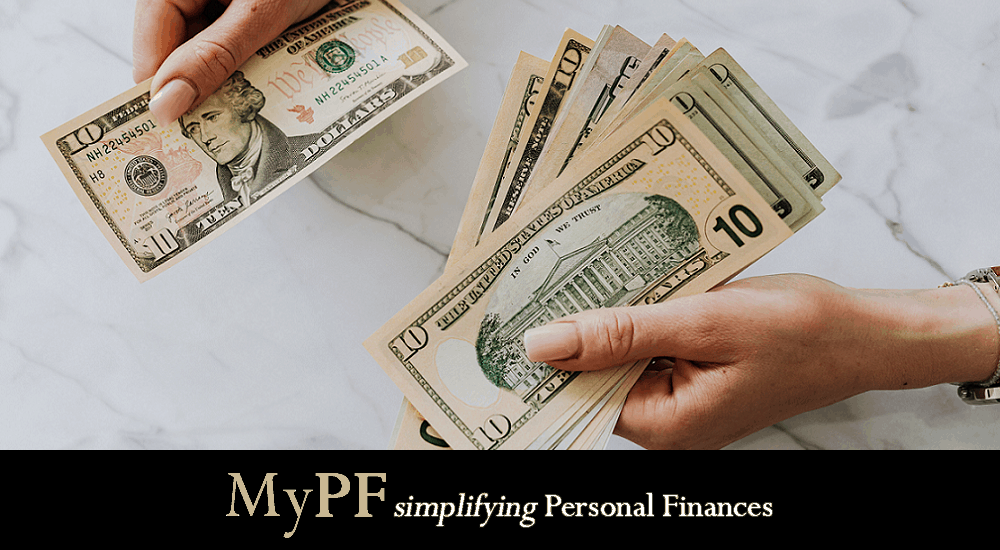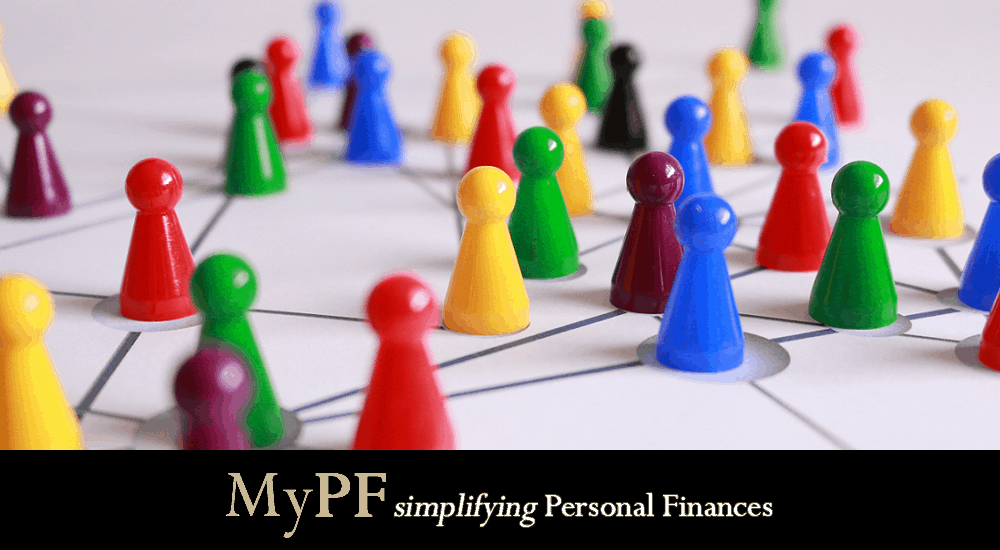Knowing the difference between these two alternatives type of financing can help you fast track your small business towards a faster growth.
Are you an aspiring Malaysian entrepreneur? Is your business still in its infancy, looking for that financial boost to help it expand? You used to pound on the doors of every bank seeking a loan. Even if you did not succeed, you may have had a chance to attract new investors, but the inefficiency of conventional methods can be tiring. Orthodox financial institutions have developed a reputation for rejecting prospects that they deem too high-risk to finance, which means many entrepreneurial dreams have been crushed.
Look to the future, because this old, time-consuming way of seeking out financing has been up-ended. Alternative help for finance in Malaysia has started emerging through the sharing economy and innovative technologies: crowdfunding and peer-to-peer lending.
Crowdfunding and peer-to-peer lending are filling the hole left by banks, which are notorious for their lengthy processes and rigid conditions of agreements. Their easily accessible platforms expand the realm of investing beyond traditional investment options such as equities and bonds. Both are becoming increasingly popular among seasoned investors trying to broaden their portfolios and mitigate losses caused by sociopolitical and economic factors on stock and property markets.
Peer-to-peer lending and crowdfunding have one thing in common: they both involve obtaining funds online from a group of people, or investors. The most important distinction between crowdfunding and peer-to-peer lending, also known as marketplace lending, is how you repay your investors.
On the surface, both techniques appear to be very similar as they both seem to be a form of crowdfunding. However, they’re quite different.
Contents
What is Crowdfunding?
In a nutshell, crowdfunding consists of a large group of people offering to fund a particular project or venture.
We’ve seen a tremendous shift towards this growing method of alternative financing over the past few years, especially within the context of the digital landscape. Entrepreneurs have been able to layout their conceptual products or services on crowdfunding platforms, in the hopes that people start pledging towards their efforts to turn the concept into a reality. There have been many great products and services that began as crowdfunded projects, garnering funds in the millions and making history.
What’s more, crowdfunding is a type of financing that is particularly well suited to startups and early-stage firms because it does not demand monthly repayments like a bank loan. As an alternative, you are able to distribute your business’s equity or release the final product as a donation.
Many crowdfunding sites allow you to sell shares in your company, which is known as equity-based crowdfunding. Some worldwide crowdfunding websites use a rewards-based model, in which you give your investors the finished product you are working on in exchange for a contribution.
Types of Crowdfunding
There are several types of crowdfunding that evolves around how backers or pledgers are awarded.
Rewards-based crowdfunding is extremely popular, as backers are rewarded for their contributions to a campaign. Physical rewards, such as presents, or intangible offerings, such as product discounts, are common, although they are usually proportional to the initial commitment. Hats, product samples, shirts, and other mementoes are common prizes.
Entrepreneurs give backers a part in their company in exchange for financing via equity crowdfunding, also known as regulated crowdfunding. The investor becomes a shareholder in the company by supporting it. This is a popular way for small businesses and sole proprietorships to get money.
Royalty-based crowdfunding involves the strategy of giving backers or investors a portion of the venture’s revenue after it starts making money. This does not make the investors stockholders in the company; rather, it rights them to royalties earned from sales.
What is Peer-to-Peer Lending?
Peer-to-peer lending or P2P, is yet another concept that’s taken the financial landscape by storm. P2P practices usually occur on third-party platforms that essentially function as match makers connecting lenders with borrowers. Through this service, investors can lend money to businesses or individuals seamlessly, based on preferences and requirements agreed by both parties. Entrepreneurs in Malaysia are quickly catching on to this financing trend.
Many see P2P business lending as a quick and easy way to get funds to empower company initiatives. P2P lending differs from crowdfunding in that you do not give away any equity and instead pay interest on the money you borrow, much like you would with a bank loan. Established enterprises that can service their monthly loan repayments are regarded to be better suited to P2P lending.
How Peer-to-Peer Lending Works
P2P lending, as previously said, entails the use of platforms to link businesses with possible investors. Entrepreneurs seeking a business loan are matched with investors who can offer the funds they require through these peer-to-peer lending services. Furthermore, interest rates on peer-to-peer lending platforms are based on past credit scores and financial history. Most of them also provide a variety of financing options, such as mortgage loans, vehicle loans, short-term loans, invoice financing, personal loans, and pawnbroking.
Based on the amount of money they want to donate and their risk tolerance, investors can choose exactly what type of project or loan they want to fund. These investors will profit from the interest levied on these loans, and they will not be required to pay any usage costs. Borrowers, on the other hand, would be charged interest on their loans as well as platform fees.
Which to Choose?
Now that you understand how both financing methods work, let’s get down to understanding which matches your needs best.
Crowdfunding: Best for product-based businesses
Crowdfunding provides several benefits, including the ability to borrow money without having to repay it, but it is not suitable for all sorts of businesses. Businesses that do well on crowdfunding sites have interesting, one-of-a-kind things that consumers may purchase. Furthermore, creating a convincing campaign around a product is frequently easier than creating one around a service. Photos, videos, and reward incentives work well with products.
Fortunately, a wide range of products, whether a new diet drink, a short film, or a pinhole camera kit, can (and have) done well on crowdsourcing. Just keep in mind that most individuals are seeking something fresh and exciting. If your product appears as something consumers can get at a supermarket, you are not going to have much luck with crowdfunding.
Peer-to-peer lending: Best for service-based businesses
Unlike crowdfunding, a peer-to-peer loan can be obtained regardless of the sort of business. You may be eligible if you sell goods. That is because P2P lending is based only on your personal and company history, not on the flashiness of your business or your ability to develop engaging marketing. However, this means that P2P lending will not be as effective for start-up enterprises. Businesses with poor credit may find it difficult to obtain a P2P loan. You can’t persuade a lender otherwise if you don’t meet their revenue or credit requirements. At the very least, crowdfunding allows you to persuade your audience. Nevertheless, for many businesses, peer-to-peer lending is more accessible than crowdfunding.
Conclusion
As an entrepreneur, it’s important that you capitalise on the financing opportunities that are best suited for your organisation. Consider the primary factors, like whether you are offering a service or product, which markets you intend to target, and whether or not funding is even a worthwhile option at this point in your business journey. Either way, accessibility to various alternative and fairly low-risk financing methods like P2P lending and crowdfunding are choices to consider.
What are you thoughts on the two alternative financing options? Let us know in the comments.









Leave A Comment